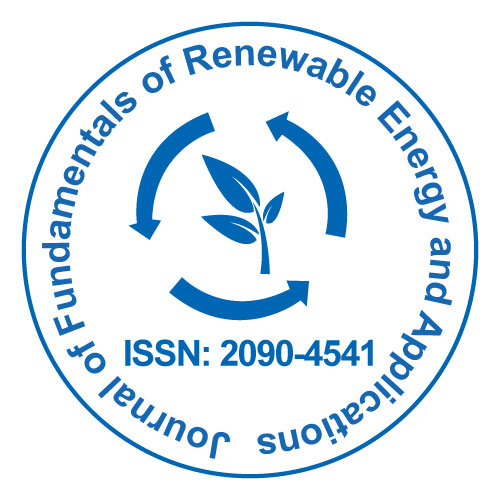
Journal of Fundamentals of Renewable Energy and Applications
Open Access
ISSN: 2090-4541

ISSN: 2090-4541
Njom Ignatius
In order to attain economic growth and development, all the world’s economies had placed greater emphasis on renewable energy development and production. This had led to the advancement of technologies to invent conversion machineries that could transform biomass residues into electrical energy. Cameroon is a typical West African country that produces large quantity of biomass residues that could be effectively utilized for the production of electrical energy.
The goal of this paper is to contribute to a sound energy market that would provide sufficient, viable and efficient energy services for the economic development of Wabane, a forest adjacent community to the newly created Tofala Hill Wildlife Sanctuary and other neighboring villages/towns through the formulation of a comprehensive program that would identify the optimal path for the development, exploitation and proficient management of biomass-energy (palm kennel waste, cocoa waste, saw dust waste, sugar cane waste etc.) resources available in this area and the needed technological means to convert them into electrical energy.
Among the various sources of Biomass residues, this paper is specifically focused on five main agricultural wastes due to the nature of biomass diversities and also because it’s relative abundance in this area. These sources include; sawdust, palm-kennel, cocoa pods, coconut shell, and sugarcane waste. The major raw material is palm Kennel wastes as ERuDeF a local NGO operating in this area run four semi industrial palm oil mills amongst other private small scale mills in the area. Data on availability of these waste materials was collected by conducting many comprehensive interviews with the farmers, wood workers and other whose fields are within the study criteria.